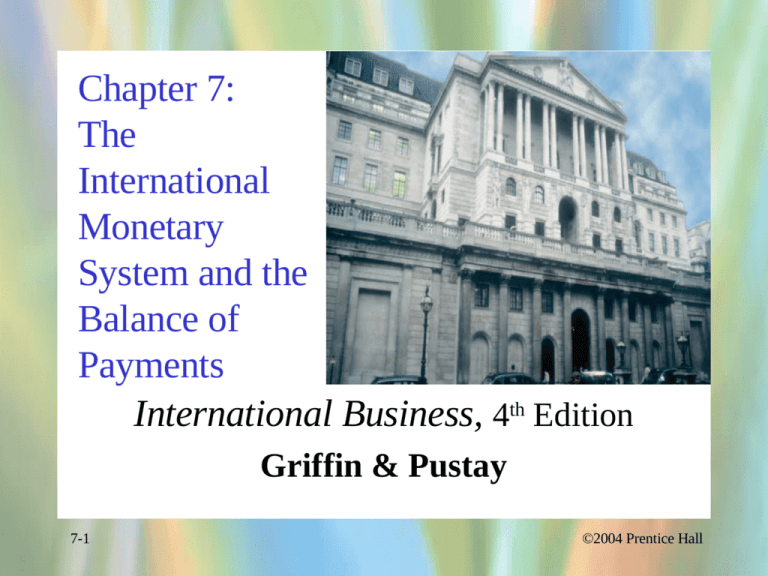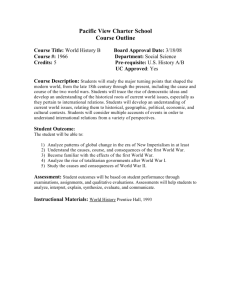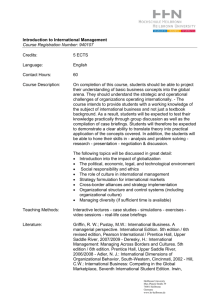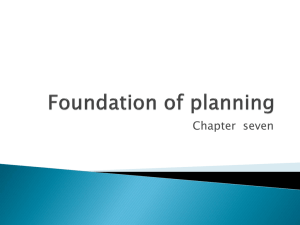Chapter 7: The International Monetary System and the Balance of
advertisement

Chapter 7: The International Monetary System and the Balance of Payments International Business, 4th Edition Griffin & Pustay 7-1 ©2004 Prentice Hall Chapter Objectives_1 Discuss the role of the international monetary system in promoting international trade and investment Explain the evolution and functioning of the gold standard Explain the evolution of the flexible exchange rate system 7-2 ©2004 Prentice Hall Chapter Objectives_2 Summarize the role of the World Bank Group and the International Monetary Fund in the post-World War II international monetary system established at Bretton Woods Describe the function and structure of the balance of payments accounting system Differentiate among the various definitions of a balance of payments surplus and deficit 7-3 ©2004 Prentice Hall The Gold Standard Countries agree to buy or sell their paper currencies in exchange for gold on the request of any individual or firm and to allow the free export of gold bullion and coins Adopted by the U.K. in 1821 Created a fixed exchange rate 7-4 ©2004 Prentice Hall Exchange Rates Exchange rate: price of a one currency in terms of a second currency Fixed exchange rate system: price of a given currency does not change relative to each other currency – Under the gold standard, each country pegged the value of its currency to gold 7-5 ©2004 Prentice Hall The Collapse of the Gold Standard Economic pressures of WWI Countries suspended pledges to buy or sell gold at currencies’ par values Gold standard readopted in 1920s Dropped during Great Depression British pound allowed to float in 1931 – Float: value determined by supply and demand 7-6 ©2004 Prentice Hall Map 7.1 The British Empire in 1913 7-7 ©2004 Prentice Hall Figure 7.1 The Contraction of World Trade, 1929-1933 7-8 ©2004 Prentice Hall The Bretton Woods Era 44 countries met in Bretton Woods, New Hampshire in 1944 Goal: to create a postwar economic environment to promote worldwide peace and prosperity Renewed gold standard on modified basis (dollar-based) Created International Bank for Reconstruction and Development and International Monetary Fund 7-9 ©2004 Prentice Hall International Bank for Reconstruction and Development World Bank Goal 1: to help finance reconstruction of European economies – Accomplished in mid 1950s Goal 2: to build economies of the world’s developing countries 7-10 ©2004 Prentice Hall











